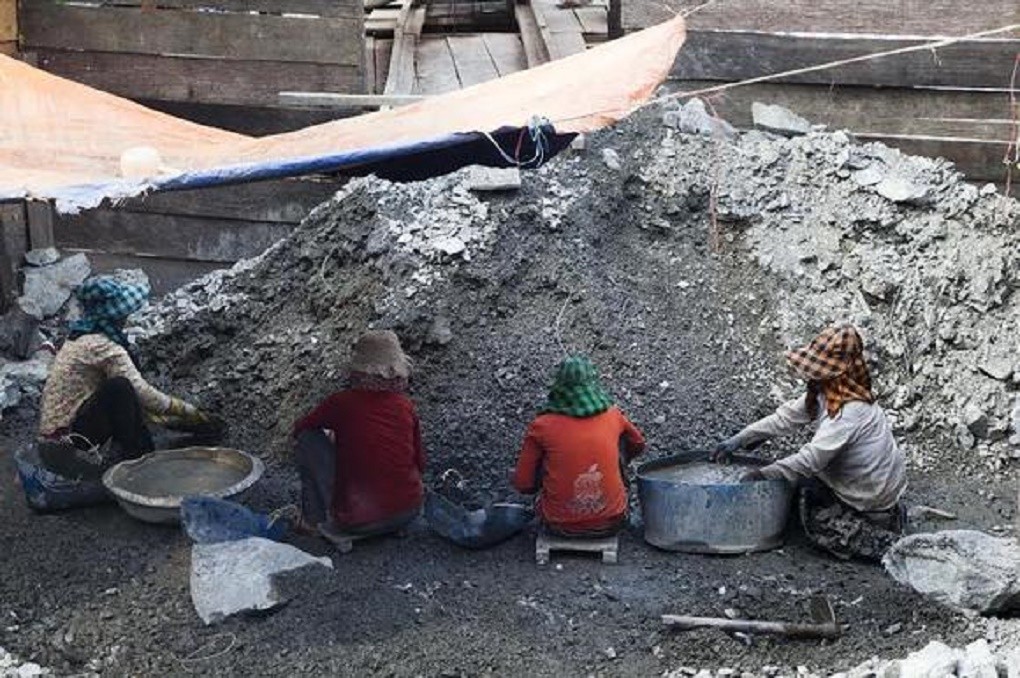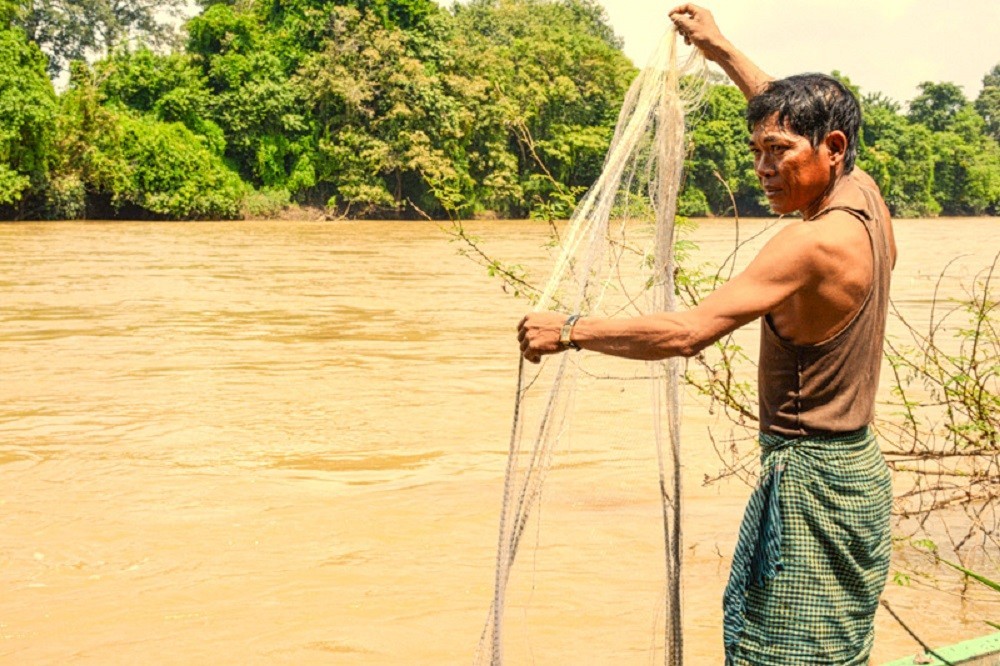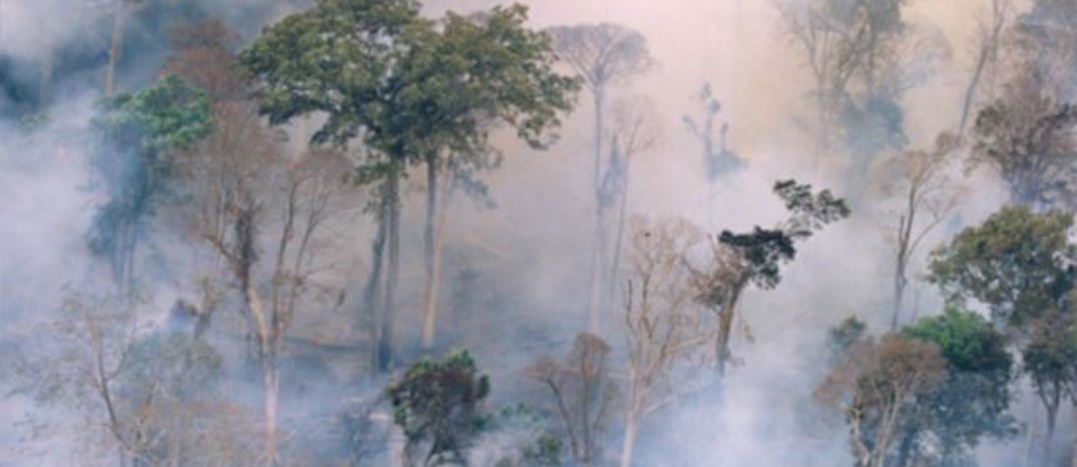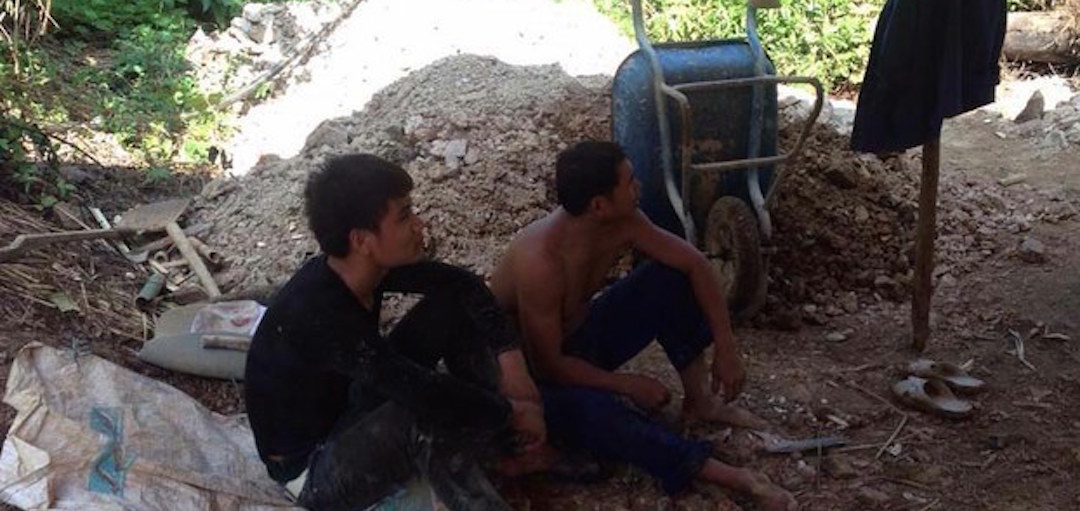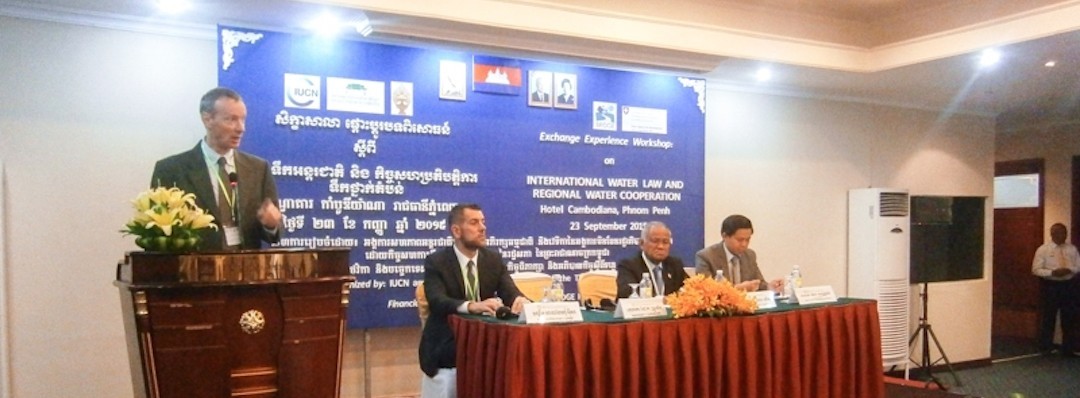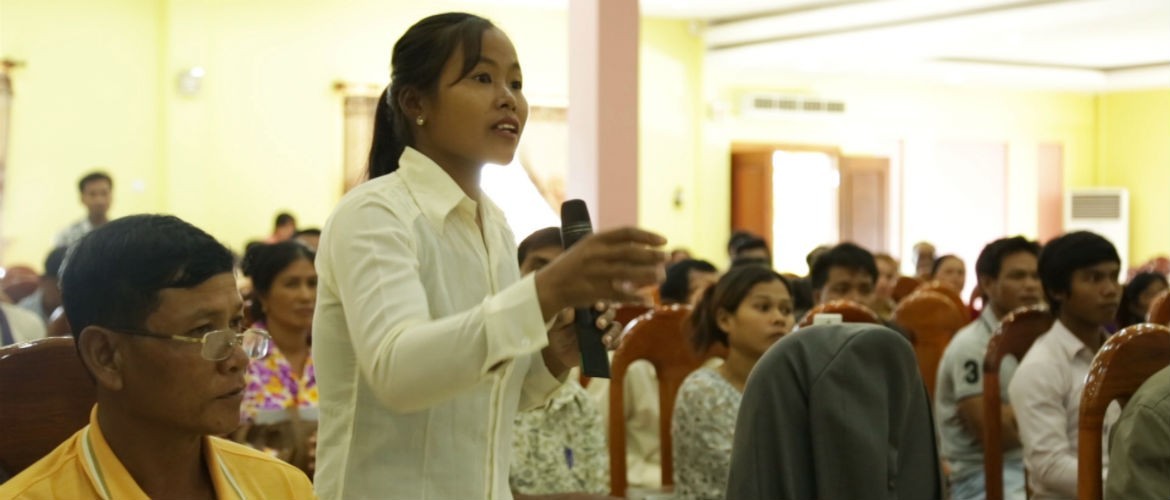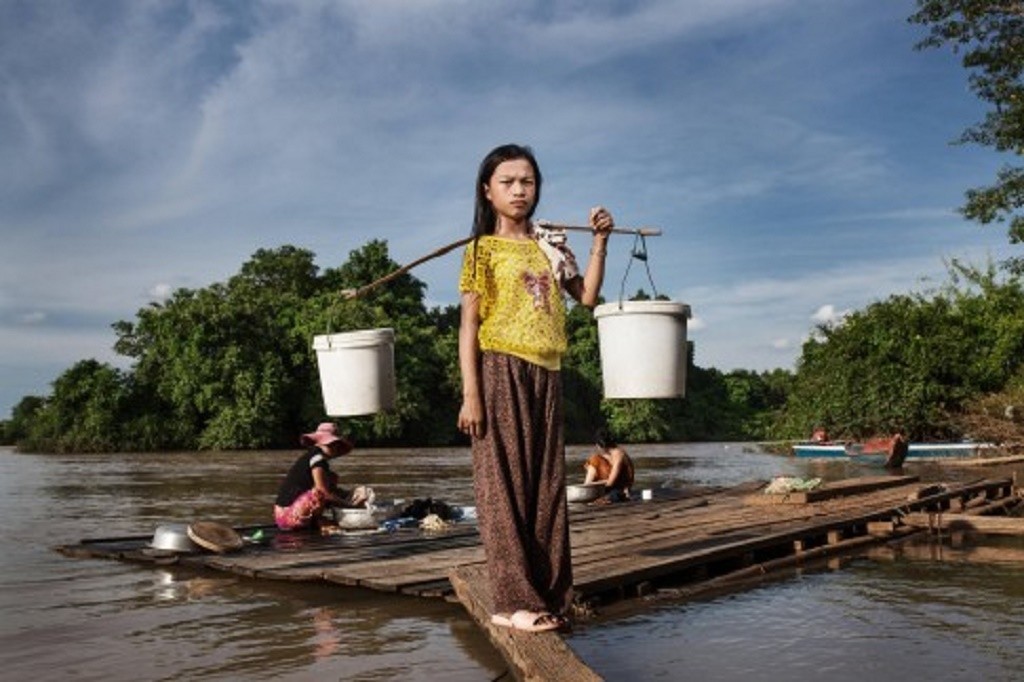Cambodia’s long-dormant mining sector could finally be seeing some movement after years of aborted foreign-backed projects, as the government introduces wide-ranging reforms in an effort to turn around the country’s economic fortunes.
Crucial new mining legislation proposed by the government of Prime Minister Hun Sen is aimed at bringing the fledgling industry in line with international practices in order to attract investment and compete with other regional economies.


